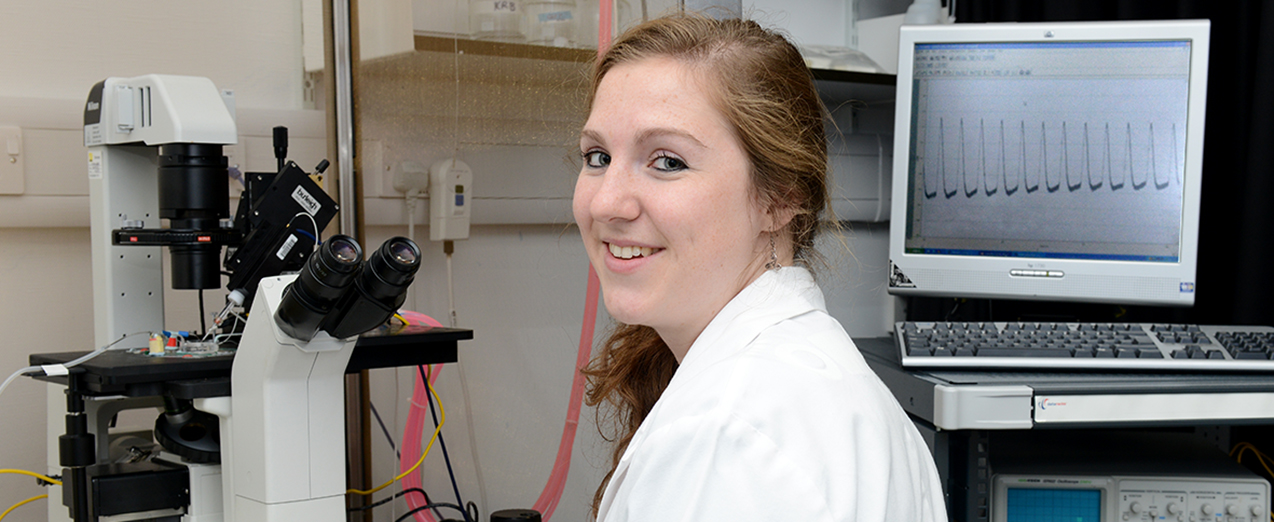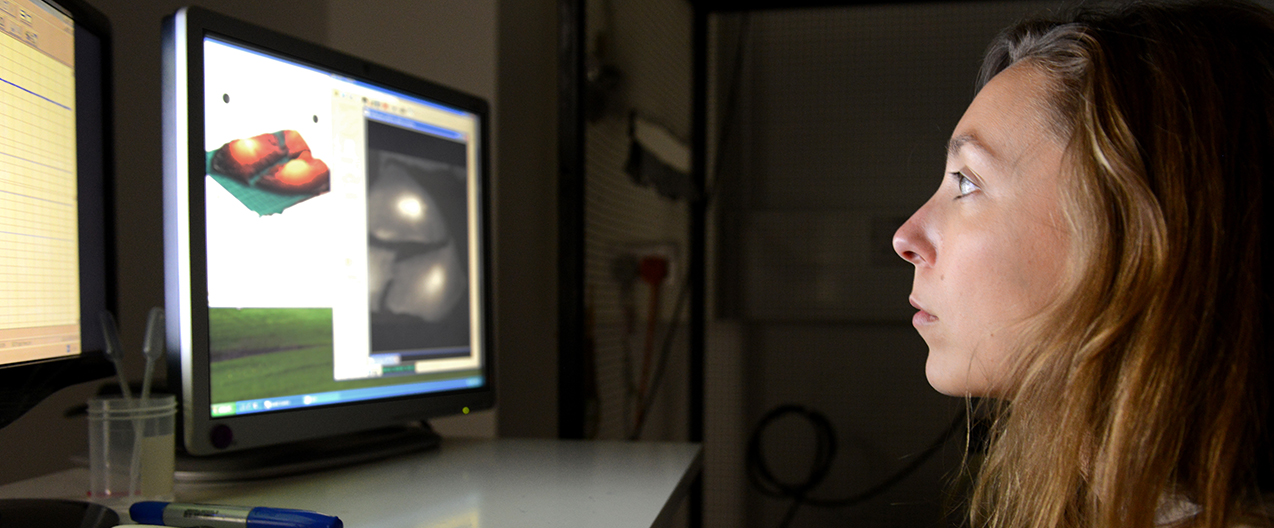
On World Heart Day, Sian Harding Head of the BHF Centre of Regenerative Medicine looks at how the Centre’s cutting-edge science is working towards building new heart muscle.
We are excited by the news that our BHF Regenerative Medicine Centre has been renewed for another four-year term from 1 October 2017! At Imperial we have been concentrating on the big challenge of producing new muscle for the damaged heart, along with our partners in the Universities of Nottingham, Glasgow, Hamburg and Westminster.
The heart has a very limited capacity to repair itself after a heart attack, or during the more insidious damage from high blood pressure, diabetes or chemotherapy. We have been looking at various kinds of stem cells to explore their power to become new cardiac muscle cells – one of the big successes of the current Centre. Pluripotent stem cells – those which have the capability of turning into any cell type in the body – can now be turned very efficiently into beating heart muscle in the laboratory dish, and made into strips of engineered heart tissue. Our partner, Professor Chris Denning, at the University of Nottingham has automated the process of making the cells and Professor Thomas Eschenhagen in Hamburg has contributed his technology for converting this into muscle.
Challenges
The biggest challenge has been getting this new muscle into the heart. The constant motion of the heart – which cannot be interrupted – and the presence of scarring from the damage all hinders the ability of the new muscle to attach and integrate. Many attempts by researchers all over the world in model systems have seen the implanted muscle quickly disappear, even when there is good suppression of immune rejection.
Even when enough quantity of the muscle is implanted, the new active muscle can disrupt the old, weakened heart. This can lead to potentially dangerous rhythm problems. To address this, we have been working to develop advanced biomaterials with Imperial’s Professor Molly Stevens and Professor Ipsita Roy at the University of Westminster.
What can stem cells do in the damaged heart?

Perhaps the most intriguing result of our research, is that implanting various kinds of stem cells – including some which have not yet even turned into cardiac muscle – can have a beneficial effect on the damaged heart, even when they are lost quite quickly. There even appears to be new muscle
There even appears to be new muscle formed, but from the heart itself rather than the implanted cells. We think that chemical signals from the stem cells are in some way stimulating regeneration! While this seems too good to be true, if it is, it will allow us to see the possibilities for developing a drug modelled on these signals. Such a drug would be much easier to administer to large numbers of people than the stem cells themselves.
Collaboration across the UK
There are two other BHF Cardiovascular Regenerative Medicine Centres which have also been renewed; one concentrating on regeneration of blood vessels and the other on natural repair mechanisms within the heart. The first is run by Professor Andrew Baker from the University of Edinburgh, with partners at Bristol, KCL and Imperial, and the second by Professor Paul Riley, combining researchers from Oxford and Cambridge.
Both Centres have very important interactions with our work: for example, blood vessels are needed to support our implanted cardiac cells. The BHF have encouraged this collaboration between the Centres for this second round, asking us to create cross-centre researchers to stimulate collaborative activity. They also put out a UK-wide call for researchers interested in cardiovascular regeneration to join us. In this way we have harnessed the whole power of the UK to focus on bringing the potential of this exciting research to the patient as soon as we can. Regenerative therapies have the potential to be transformative, in that they could cure disease rather than just keeping symptoms at bay. Our aim is to take the heart back to its undamaged state, with new muscle restoring its full power.
Sian Harding is head of the BHF Centre of Regenerative Medicine at Imperial and Professor of Cardiac Pharmacology at the National Heart and Lung Institute.